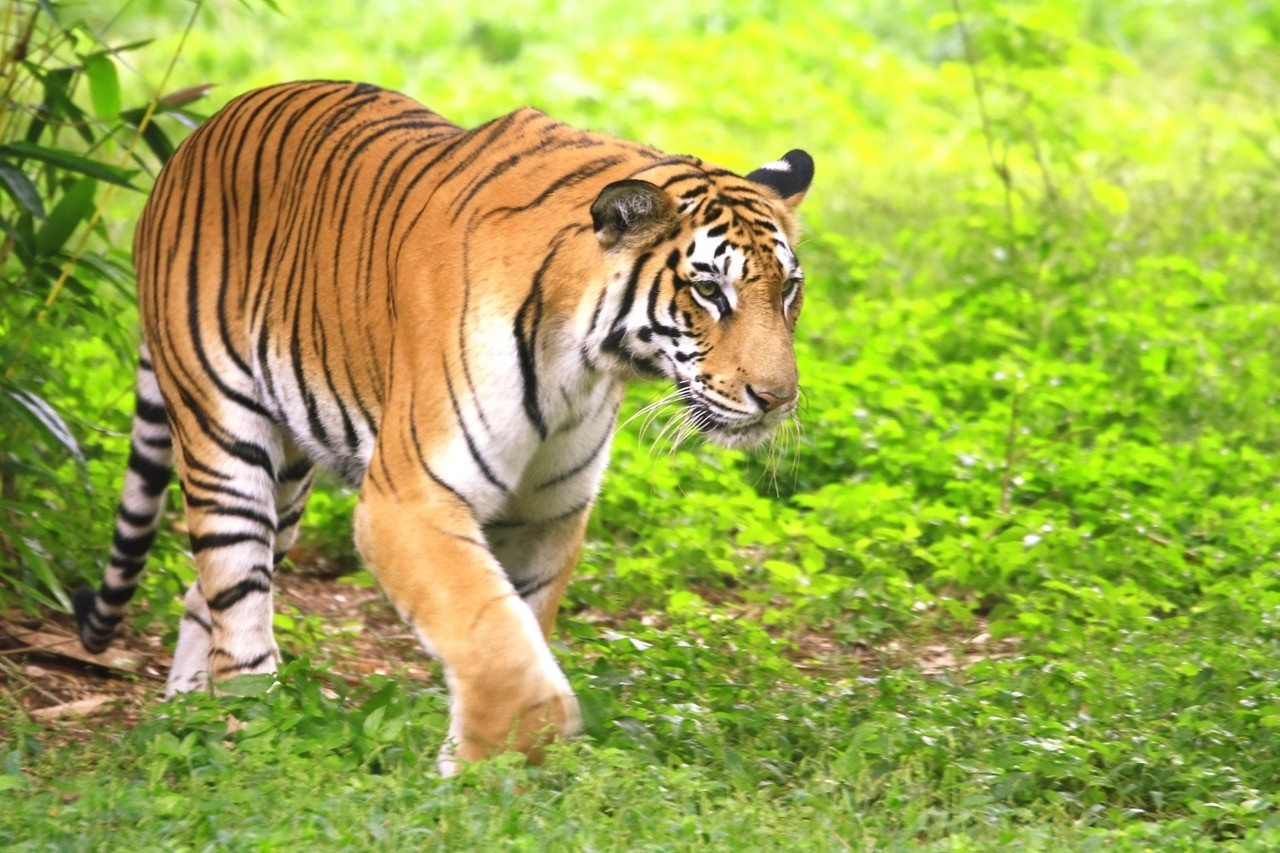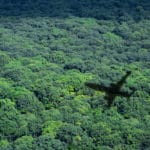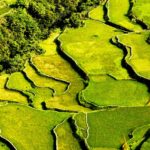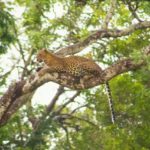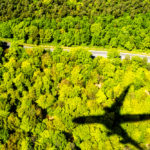We love the great outdoors: hiking, cycling, sailing and swimming, and in particular spotting rare wildlife. We’ve been lucky enough to swim with humpback whales in Tonga, walk among giant tortoises in the Galápagos and, most recently, to watch herds of elephants in Udawalawe National Park in Sri Lanka.
Wildlife goes hand in hand with beautiful scenery and in most cases minimum human impact as well. There is still so much incredible and diverse wildlife to see and so many beautiful countries in which to see them. Here’s our wishlist of the best countries for spotting rare wildlife.
In every case, we’ve focused on destinations that support conservation efforts and sustainable tourism.
1. Mountain gorillas in Uganda and Rwanda
The global population of gorillas is steadily decreasing. However, the subspecies of mountain gorillas that inhabit the Virunga Mountains – a range of extinct volcanoes that border the Democratic Republic of Congo, Rwanda and Uganda – has seen an increase in overall population in recent years. This is now believed to be at least 880 individuals, up from 620 in 1989.
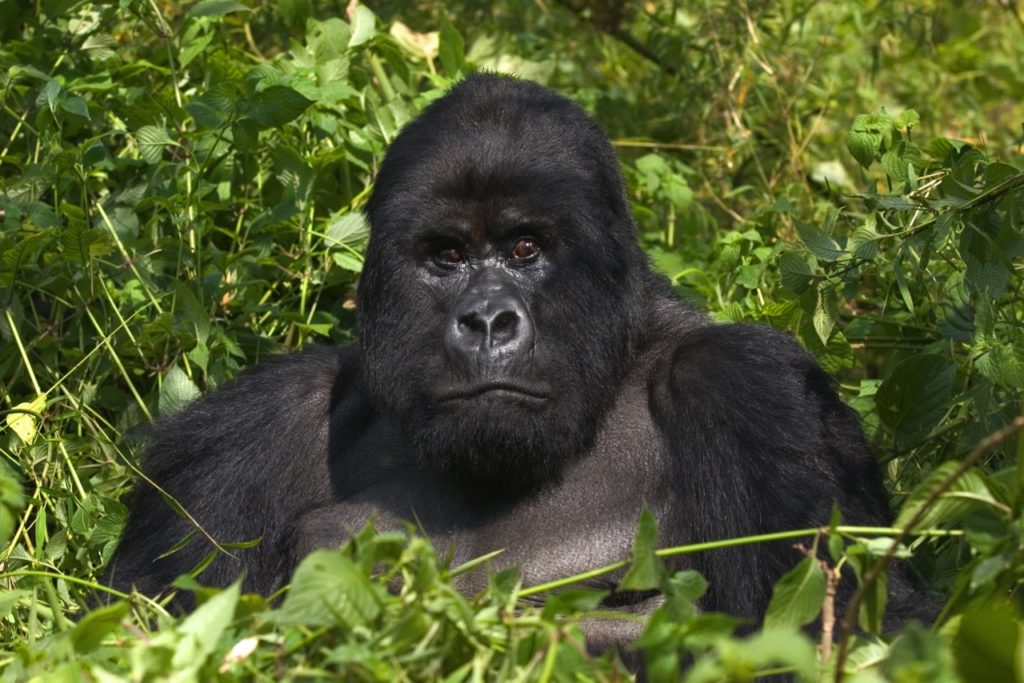
Uganda’s gorillas live in the epically named Bwindi Impenetrable National Forest, a shroud of tangled green that covers the country’s southwest mountains. A gorilla trek in Rwanda’s Volcanoes National Park is a more straightforward affair with easier access and a more developed and sustainable tourist industry.
If you are planning a trip to see the mountain gorillas of Uganda, then you have several choices available. One option is to go for a Uganda self-drive itinerary where you have your own 4×4 and can see the country from the privacy of your own vehicle to a set itinerary. Alternatively, if you would rather have complete freedom and see the ‘Pearl of Africa’ at your own pace, you can opt for car hire in Uganda. Finally, if you would rather not drive at all, then you can have a happy medium available and could, instead explore Uganda with a driver, removing the stress of having to navigate a foreign country on your own.
2. Cheetahs in Namibia
In 2007, there were an estimated 4,000 cheetahs in southern Africa. Most recent estimates suggest that the population has climbed to over 6,000 with Namibia having the largest cheetah population worldwide. As of 2015, over 3,500 cheetahs inhabit Namibia.
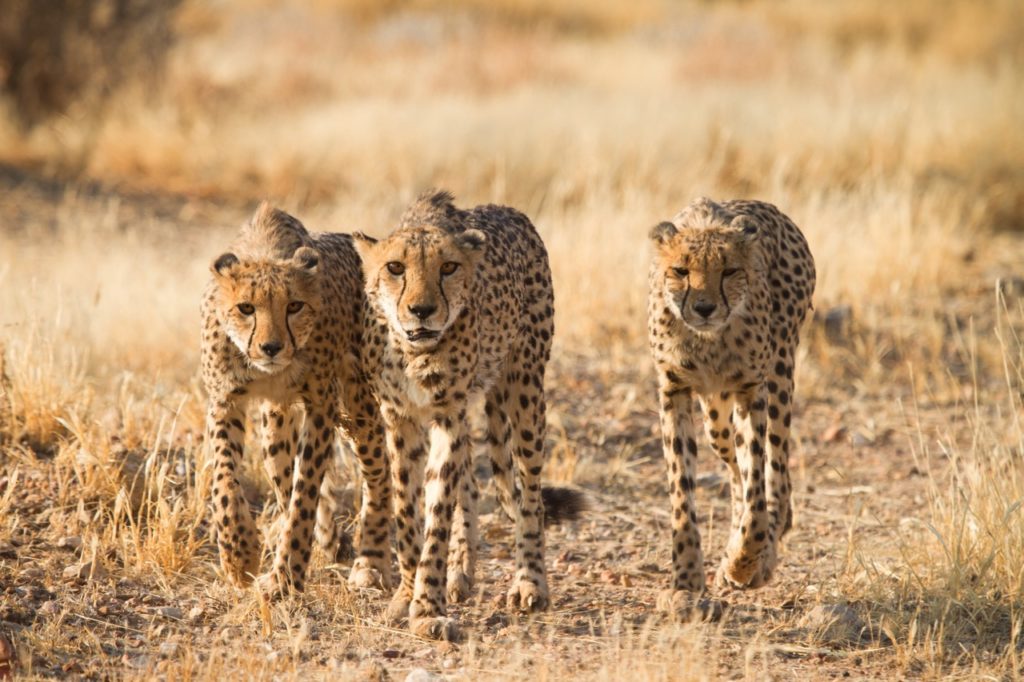
Even though most Namibian cheetahs are spread across unprotected areas, the country remains the best place to see these glorious creatures in the wild. Etosha National Park offers the best chances along with the private Okonjima Nature Reserve where the AfriCat Foundation’s headquarters are based.
3. Jaguars in Brazil
The jaguar is known as the ‘Tiger of the Americas’ and is the third-largest of the big cats. Tragically, Jaguar populations are rapidly declining and the big cat is considered near threatened by the International Union for Conservation of Nature (IUCN), meaning it may be threatened with extinction soon. It is estimated that there are now only around 15,000 jaguars left in the wild.
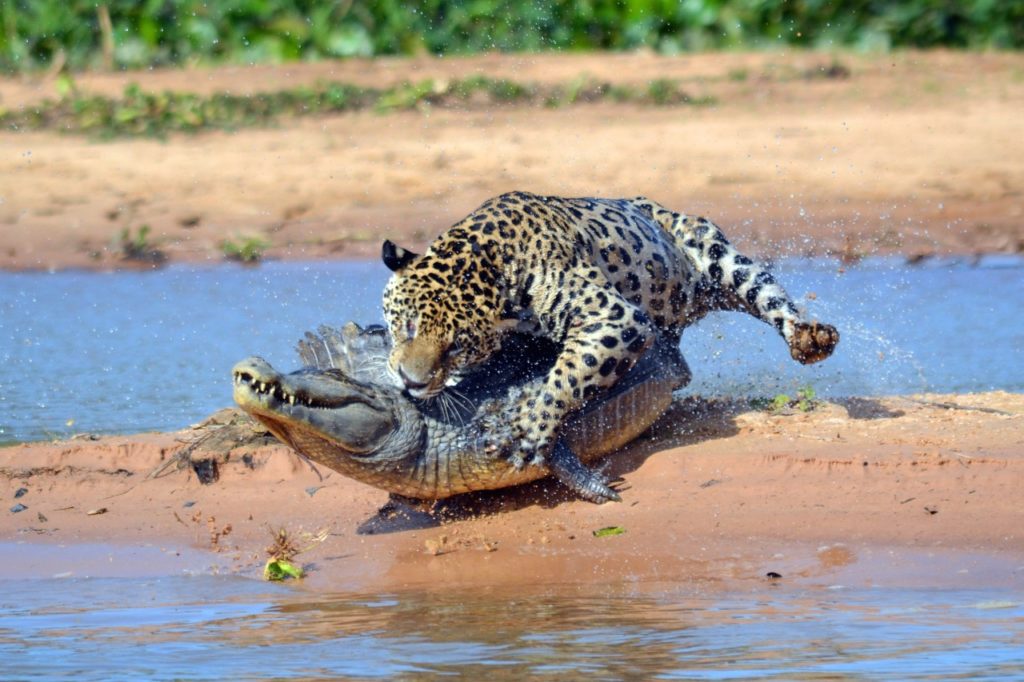
Jaguars can survive in different habitats ranging from the Sonoran Desert in Mexico to the pampas of northern Argentina, but they flourish in the wet jungle and rainforest of The Pantanal in Brazil. Here, during the dry season (August to October), you are practically guaranteed a sighting. Head to Refugio Ecologico Caiman for a range of flourishing eco-tourism options.
4. Everything in the Galápagos Islands, Ecuador
Almost all the wildlife in the Galápagos Islands is endemic to the archipelago, automatically making it rare and unique. Whether on land, in the sky or underwater, the wildlife in the Galápagos has captured the imagination of enthusiasts ever since Darwin’s visit and his consequential development of the theory of evolution by natural selection.
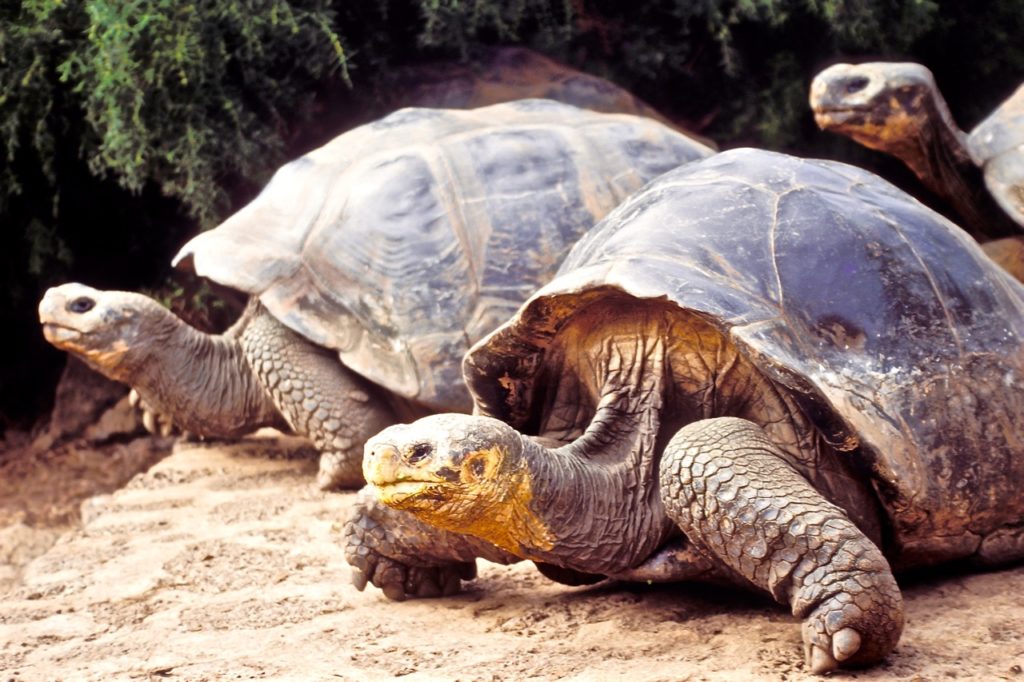
Whether it’s giant tortoises, marina iguanas, Galápagos penguins, albatrosses or blue-footed boobies that pique your imagination, the Galápagos will certainly deliver. Make sure to take a look at our article on eco-friendly tourism in the Galápagos to help you reduce the effects of your visit.
5. Tigers in India
The Bengal tiger is found principally in India with smaller populations in Bangladesh, Nepal, Bhutan, China and Myanmar. Recently, WWF estimated an increase in the number of tigers worldwide: up to 3,890 in 2016 from an estimated 3,200 in 2010.
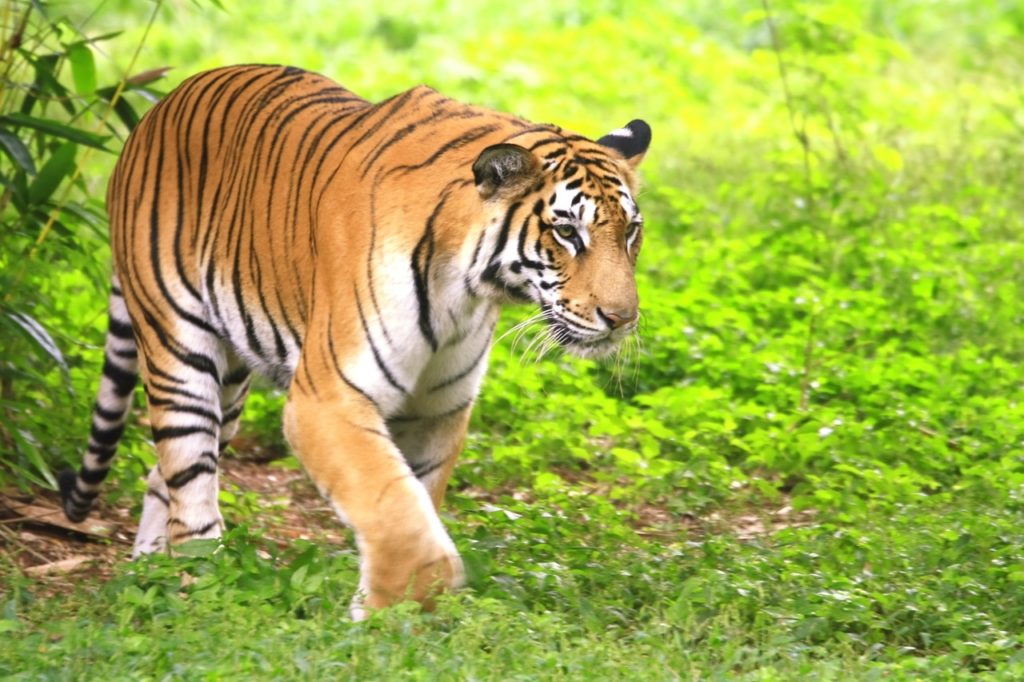
The creation of India’s tiger reserves, such as Ranthambore National Park, in the 1970s and 80s helped to stabilise numbers and support the recent increase. Tigers are incredibly elusive creatures, which means the best places to spot them are places like Ranthambore National Park where they are most used to vehicles. This sort of habituation may seem counter-intuitive but WWF supports it as a way of funding conservation and preventing tourism creep into other areas.
6. Leopards in Sri Lanka
In 2008, the Sri Lankan leopard was listed as endangered on the IUCN Red List. However, today it has been reclassified as vulnerable, offering some hope for the future. The wild population is roughly estimated at 700-950 as of 2015 with Yala National Park having one of the highest leopard densities in the world.
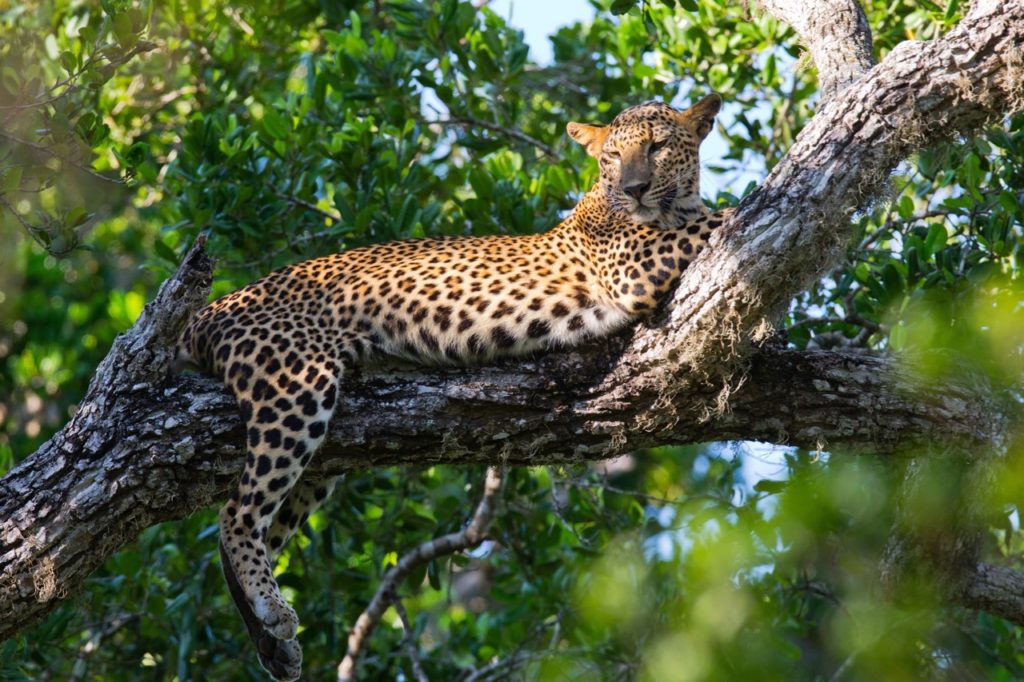
Our recent safari in Yala National Park in Sri Lanka was a success. We managed to spot a leopard on our first game drive of the trip despite monsoonal rain and fading light. The dry season offers the best chance of spotting leopards as these elusive creatures prefer dry weather and are more likely to be out on the prowl during the months of June to September when rainfall is at its lightest.
7. Rhinos in Kenya
Rhinos once roamed throughout Eurasia and Africa, depicted by early Europeans in cave paintings. Unfortunately, today, very few rhinos survive outside national parks and protected reserves. Two species of rhino in Asia, the Javan and Sumatran, are critically endangered.
The white rhino species in Africa went from the brink of extinction 100 years ago to more than 20,000 today. This is one of wildlife conservation’s greatest success stories. Black rhino numbers have also risen, doubling in number over the past two decades.
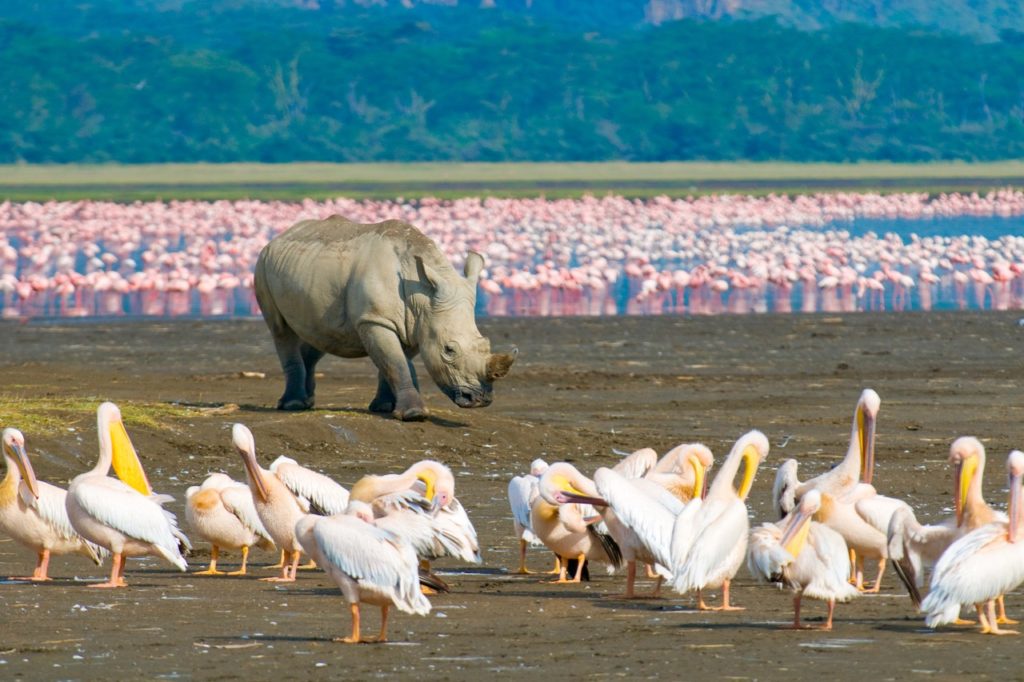
Kenya remains one of the best places to see rhinos, black or white. The not-for-profit 90,000-acre Ol Pejeta Conservancy has the largest population of black rhino in East Africa, while the Lewa Wildlife Conservancy, Borana Ranch and Conservancy and Lake Nakuru National Park all offer excellent opportunities to spot white and black rhinos.
8. Sea turtles in Costa Rica
Nearly all species of sea turtle are classified as endangered. Killed for their eggs, meat, skin and shells, sea turtles suffer from poaching and over-exploitation. They also face habitat destruction, accidental fishing as well suffering from the impacts of climate change on their nesting sites and mating rituals.
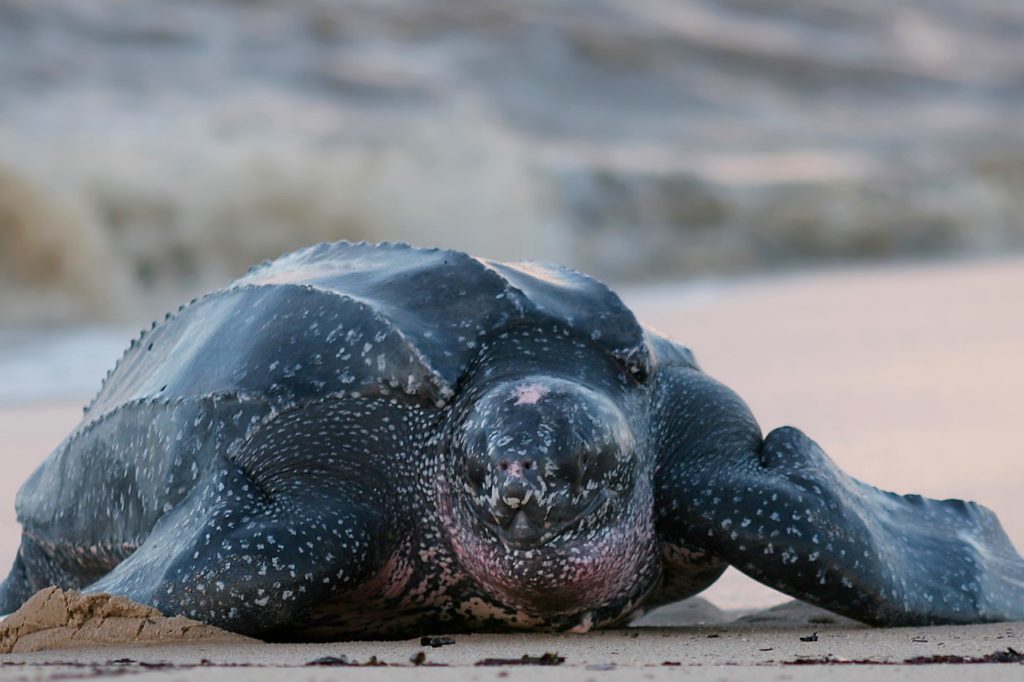
Often referred to as the birthplace of ecotourism, Costa Rica’s coast is home to dozens of important nesting beaches for several turtle species. The Las Tortugas Research Station, Tortuguero National Park and the protected Osa Peninsula are excellent places to observe these magnificent mariners while simultaneously supporting their survival.
9. Giant pandas in China
Despite all the efforts of recent years and the relative lack of natural predators, pandas are still at risk. There are just over 1,800 pandas in the wild – all in China. The Chinese government has created over 50 panda reserves, but despite this only around 61% of the country’s panda population is protected.

The best places to see giant pandas while supporting conservation efforts are the Dujiangyan Panda Base, Bifengxia Giant Panda Base and the Gengda Giant Panda Centre. All are in the Wolong Nature Reserve in Sichuan.
10. Polar bears in Canada
There are an estimated 22,000 to 31,000 polar bears worldwide. Due to the loss of sea ice habitat from climate change and other threats such as polar bear-human conflicts, overharvesting and industrial impacts, polar bears are classed as vulnerable with a high estimated risk of future decline due to climate change.
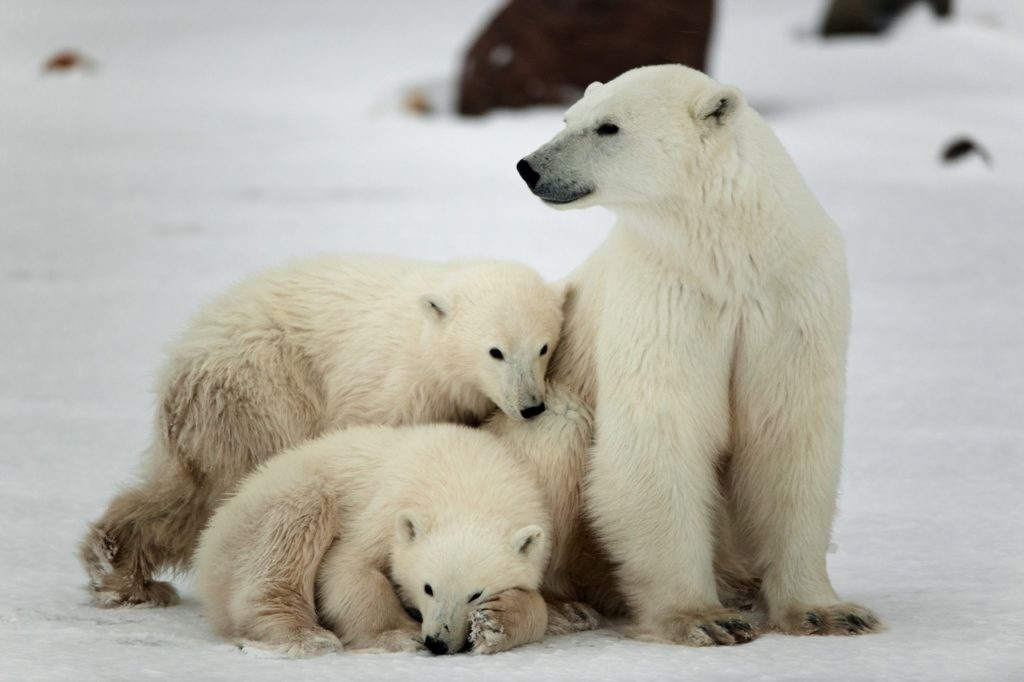
Between 60-80% of the world’s population of polar bears are in Canada and the small town of Churchill in northern Manitoba is spearheading the area’s growing ecotourism scene.
Every autumn, its large population of polar bears move toward the shore from inland, inspiring the name “Polar Bear Capital of the World” and making Churchill the best place to see polar bears.
11. Lemurs in Madagascar
Lemurs are a special group of primates only found on the African island of Madagascar. Out of the 50 different kinds of lemurs, 10 are critically endangered, seven are endangered, and 19 are considered vulnerable.
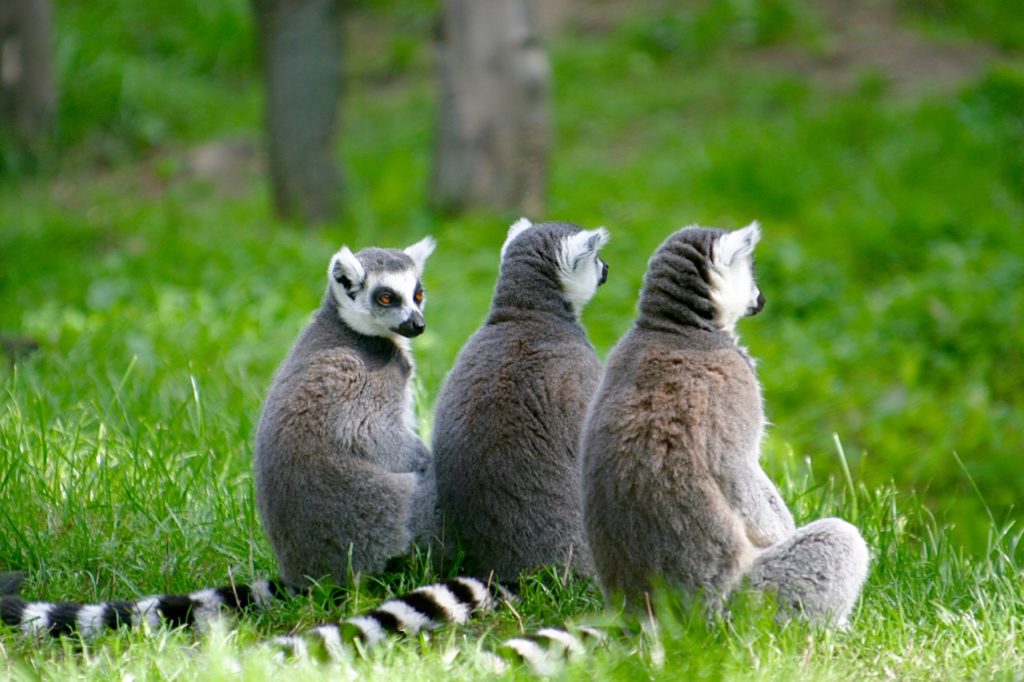
The best places to see lemurs in Madagascar are Parc National Mantadia and Parc National de l’Isalo. Both parks offer excellent protection to their inhabitants as well as knowledgeable guides and strong infrastructure for visitors. Additionally, some of the park fees help fund community projects.
Enjoyed this post? pin it for later…
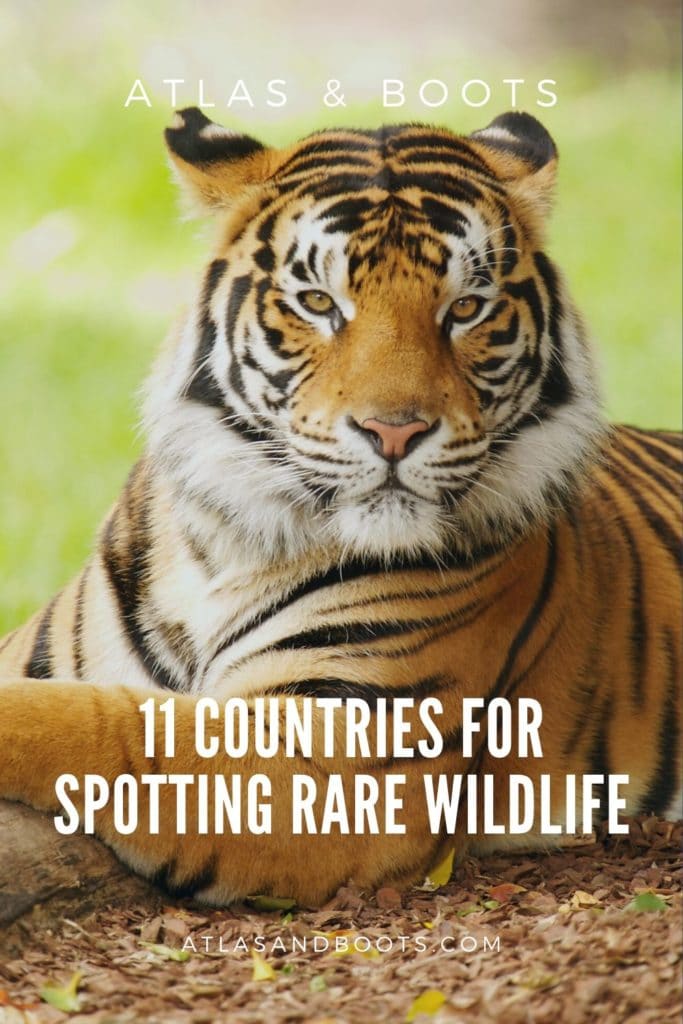
In Born Wild: The Extraordinary Story of One Man’s Passion for Lions and for Africa, Tony Fitzjohn tells of his 20 years in Kenya with George Adamson of Born Free fame – a time of discovery, isolation and frequent danger in a remote part of the country.
